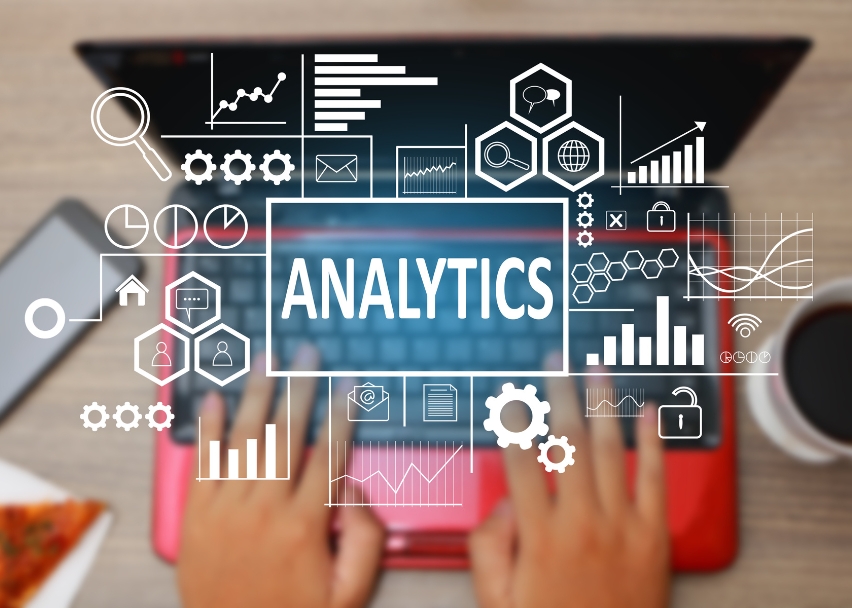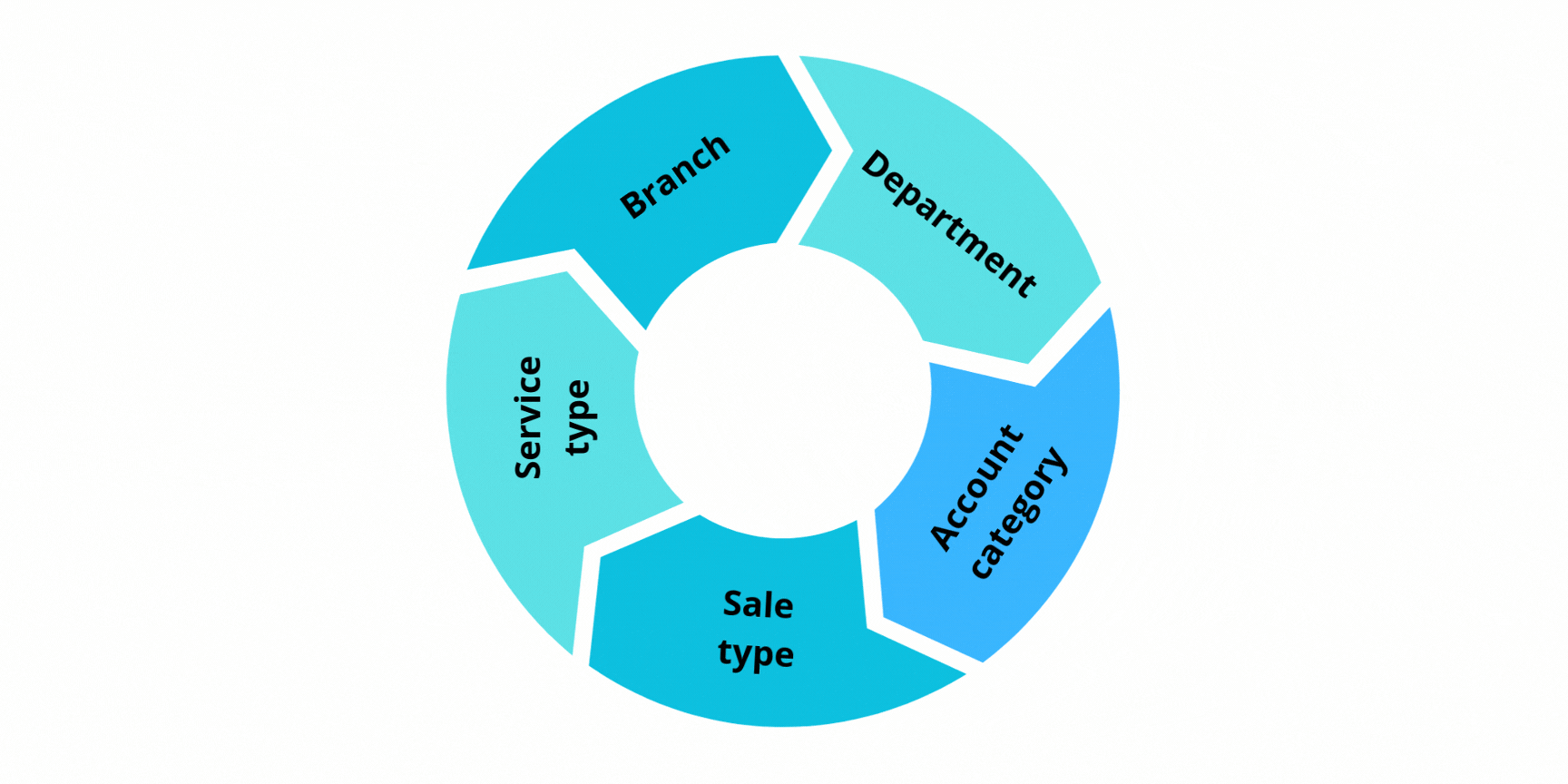
Unlocking Success: Key Components of Our Analytics Solutions
At NRoot Labs, we pride ourselves on delivering comprehensive analytics solutions tailored to meet the unique needs of our clients. On a high level, we have classified our approach is built on

The Balance Between Technology Adoption and Customization in Business Intelligence
Blog by our Co-founder : Varun Thatha In today’s business world, technology adoption is no longer just an option; it’s a criteria for staying relevant and thriving amidst fierce competition. In my

Embracing a Growth Mindset: Your Key to Analytics Success
In a world where data is paramount, don’t you agree that insights are invaluable? And with the right mindset you bring to the table will truly set you apart! Enter the growth

Enhancing Business Efficiency : The Synergy Between ERP and BI
In today’s business landscape, the significance of making quick and well-informed decisions cannot be emphasized enough. Be it manufacturing, retail, finance institutes or any other industry, two pivotal technologies that play

The Changing Face of the Auto Retail Industry: Adapting to Stay Relevant
The auto retail industry, like many other sectors, is undergoing a rapid transformation driven by technological advancements, changing consumer preferences, and environmental concerns.

Harness the power of analytics in manufacturing industry!
By coupling Information & Analytics, every manufacturing unit can adeptly oversee and streamline its diverse functions, including the shop floor, supply chain, sales, and post-sales service. This can be achieved by

Unlocking Success: Key Components of Our Analytics Solutions
At NRoot Labs, we pride ourselves on delivering comprehensive analytics solutions tailored to meet the unique needs of our clients. On a high level, we have classified our approach is built on several key components to ensure our solutions are effective, secure, and user-friendly. Data Integration Effective analytics begin with

The Balance Between Technology Adoption and Customization in Business Intelligence
Blog by our Co-founder : Varun Thatha In today’s business world, technology adoption is no longer just an option; it’s a criteria for staying relevant and thriving amidst fierce competition. In my 15+ years in the analytics space, I have seen businesses adopt various BI technologies to gain insights, streamline

Embracing a Growth Mindset: Your Key to Analytics Success
In a world where data is paramount, don’t you agree that insights are invaluable? And with the right mindset you bring to the table will truly set you apart! Enter the growth mindset – a powerful approach that can propel you and your business forward in your analytics journey like

Enhancing Business Efficiency : The Synergy Between ERP and BI
In today’s business landscape, the significance of making quick and well-informed decisions cannot be emphasized enough. Be it manufacturing, retail, finance institutes or any other industry, two pivotal technologies that play a crucial role in facilitating data-driven decision-making and operational efficiency are Enterprise Resource Planning (ERP) and Business Intelligence

The Changing Face of the Auto Retail Industry: Adapting to Stay Relevant
The auto retail industry, like many other sectors, is undergoing a rapid transformation driven by technological advancements, changing consumer preferences, and environmental concerns.

Harness the power of analytics in manufacturing industry!
By coupling Information & Analytics, every manufacturing unit can adeptly oversee and streamline its diverse functions, including the shop floor, supply chain, sales, and post-sales service. This can be achieved by utilizing the available data to drive productivity and profit through data-driven decision-making programs. Accelerate Data-driven Smart Operations with
How can dealerships cash-in beyond just a one-time sale or service?
Traditional methods to sell a car has been working for many years. But in this time and age where customer needs and demands are ever changing, access to competitive digital retailers and supply-demand makes it challenging to keep up with the dynamic market.
When a customer walks into an auto dealer showroom/workshop, they are worth more than just a one-time sale/maintenance. Auto dealers need to look out for new and additional sales opportunities at their dealership to increase the sale value.
How can auto dealers sell additional product or service – to the right customer – at the right time?
Use a strategy that’s customer-centric
For a fantastic growth strategy make an offer that is apt. Here are some ways to achieve a bigger ticket value from a new vehicle customer –
- Push for an extended warranty
- Attractive accessories with latest technology
- Upgrades to interiors
- Extended service contracts at the time of purchase
- Financial insurance if a car is bought on a car-loan
Similarly at the workshop when a vehicle comes for service/recall campaign a service advisor can perform a vehicle health check (VHC) to help recommend repairs/upgrades which would benefit the customer in the future such as –
- Change of wiper blades before the rains sets
- Suggest change of tires due to wear and tear
- Replacement of battery as it has not been functioning to its optimum levels
- AC cleaning services
- Paint protection for new vehicles
- Sun control film for the summer season
- Renew existing service contract
How can a DMS and analytics system complement each other?
The good news is that sophisticated DMS systems have the capability to record all transactions corresponding to cross-sell and up-sell, which may subsequently be used to derive insightful information!
Our analytics team at NRoot Labs emphasize the importance of recording this data in the DMS based on which intelligent analytics can be built that recommend suggestive selling technique to the customers – the main benefits include increased sales revenue, VAS (Value added service) that improves customer experience, and increased customer lifetime value (CLTV).
Decision makers can view revenue split across various product groups and period to understand how their up-sell & cross-sell have made an impact. As a result, stakeholders at dealerships will have an advantage in formulating more fact-based strategies.
Studies have found that acquiring new customers is more expensive than keeping existing ones. A customer is more likely to spend more money and make additional purchases if you genuinely “lock” them in. Keeping this in mind, concentrating on existing customer is typically a simpler way to boost your revenue. So, if your sales team isn’t cross-selling, you’re just leaving money on the table!
Use an up-sell/cross-sell strategy your customer can not refuse, and the dealership can analyze and reuse!
It is a win-win for both the dealership and the customer.
We at NRoot Labs, specialize in comprehensive BI solutions. As a technology-neutral company, our team of BI consultants excels in delivering business solutions that leverage actionable insights supported by business data. Our commitment to understanding the complexities of business processes enables us to provide enhanced BI solutions for our clients.


